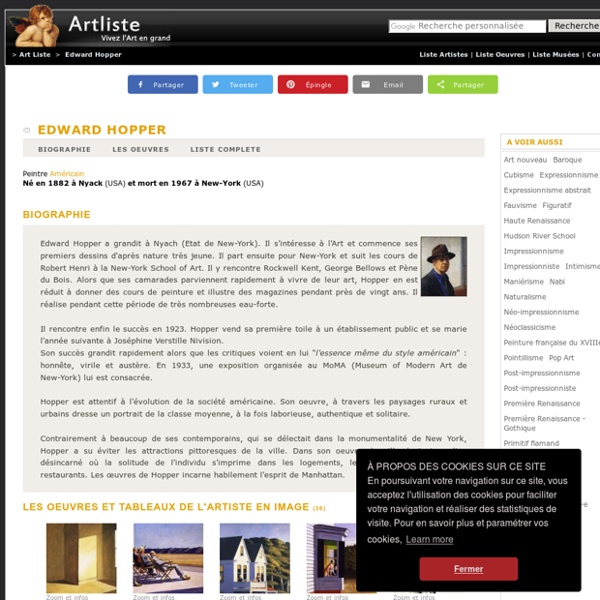



Frank Frazetta Home Musée des impressionnismes Giverny Le site documentaire sur Pierre Soulages The Color That Wasn’t a Color Lorenzo Lotto’s Portrait of a Young Man against a White Curtain, ca. 1508. Of all the colors artists have had at their command throughout the ages, none has endured more reversals of fortune than black. Indeed, in his book Black: The History of a Color, published by Princeton University Press, historian Michel Pastoureau points out that for a few centuries after Isaac Newton’s discovery of the spectrum, around 1665, “black and white were considered and experienced as ‘noncolors.’” Beginning with the earliest known cave paintings, Pastoureau charts the color’s passage through the realms of art, fashion, and society, noting that in ancient times black was associated with caverns and underground spaces, fearful places that nevertheless had their own sacred energy. In Egypt, black assured the safe passage of the deceased to the beyond and thus was the preferred color for divinities linked to death.
ARMAN Oeuvres - Cette page vous présente un large pannel d'oeuvres d'Arman, les disciplines suivantes sont représentées, les peintures, Sculptures, les célèbres accumulations d'Arman, les oeuvres sur papier, les Colères, Poubelles, Découpes, Reliefs muraux et Combustion <br /> Arman - Accumulations<br /> <br /> La consommation moderne a été marqué par une production extremement diverses et volumineuse d'objet, La multiplication des formes « La multiplication dans toutes ses formes est devenue l’expression maximale des hommes » disait Arman<br /> Arman accumule donc ces objets et travail sur un langage, l'expression d'un langage artistique dans la présentation d'objets accumulés qui traduit la sur production et donc sur consommation relative à notre société. Arman réalise ses premières accumulations à partir de 1959. Vous pouvez trouver ces oeuvres en cherchant les oeuvres d'Arman par Date.
Infographic: Mapping The 70-Year Gestation Of Street Art In the annals of "Fine Art History," graffiti is usually placed squarely outside of the mainstream dialogue. Usually, it’s relegated to a foggy category sometimes called Urban Art--or worse, Urban Contemporary. “Those are not terms that came from the graffiti or street communities,” says writer and theorist Daniel Feral. “They may be a result of categories created by the auction houses. Click to enlarge. Feral is the creator of the eponymous Feral Diagram, a map that revises the role of graffiti and street art in the canon of modern art. What’s clever about the Feral Diagram is that it utilizes the visual language of another very famous diagram, created by the first director of MoMA, Alfred H. MoMA director Alfred H. You can buy a poster of the diagram here.
fiche-artistes_a_maj.pdf 100 Ideas That Changed Art by Maria Popova From cave paintings to the internet, or how art and cultural ideology shape one another. On the heels of yesterday’s 100 Ideas That Changed Photography comes 100 Ideas That Changed Art (public library) — a succinct account of the most influential developments in the history of art, from cave paintings to the internet, compiled by art historian and broadcaster Michael Bird. From conceptual innovations like negative space (#98), color codes (#33), and street art (#94) to landmarks of communication like making books (#21), propaganda (#12), and handwriting (#24) to ideological developments like “less is more” (#30), protest (#79), and the body as surface (#9), each idea is contextualized in a 500-word essay with key visual examples. Bird writes in the introduction: What does it mean to ‘change art’? Polykleitos was credited with 'the idea that statues should stand firmly on one leg only.' Images and captions courtesy of Laurence King Donating = Loving Share on Tumblr
Musée virtuel - Reproduction de tableaux - Copies de peintures à l'huile peinte à la main On dit médiéval, pas moyenâgeux ! | Histoire(s) de l'art du Moyen Age C’è un morto nel ritratto. Come riconoscere presenze funebri nei dipinti La pittura antica non si fermava di fronte al limite della fine dell’esistenza. In molti casi, riprendendo precedenti ritratti della persona defunta o ricorrendo – più raramente – al rilievo del suo volto sul letto di morte, i pittori giunsero ad imprimere un nuovo, eterno soffio di vita in quei corpi estinti. I casi di quadri di lutto non sono poi rarissimi. Uno degli elementi che contraddistingue la morte dell’effigiato è normalmente, specie nella pittura cinquecentesca dell’Italia settentrionale, la presenza di un albero spezzato delineato nel paesaggio retrostante o, come nel caso dei coniugi dipinti da Lotto (lui, affranto, in vita, lei morta) un temporale che ha la forza spaventosa di evento metafisico, atto a piegare la volontà dell’uomo che qui somiglia realmente agli alberi reclinati su se stessi a causa della forza del vento. Lotto: alberi piegati, violento temporaleLei è morta e lui la piange senza requie Il volto di lei è gonfio, quasi tumefatto. E’ il 26 aprile 1478.
Digital Dada Library - The International Dada Archive - The University of Iowa The Digital Dada Library provides links to scanned images of original Dada-era publication in the International Dada Archive. These books, pamphlets, and periodicals are housed in the Special Collections Department of The University of Iowa Libraries. Each original document has been scanned in its entirety. These are page-image files only, not searchable full-text files. The Digital Library is divided into two sections. The second section includes books by some of the participants in the Dada movement, as well as some of the more ephemeral Dada-era publications, such as exhibition catalogs and broadsides. These documents are provided for research purposes only. Enter the Digital Dada Library.